One of the most eye-catching announcements at the Budget was the newly announced ‘super-deduction’ for investment in new plants and machinery. Rishi Sunak hyped it as the biggest business tax cut in history. But what does it mean for businesses and will it cancel out the impact of raising the Corporation Tax rate to 25%?
In this policy update, we explain how new changes to Corporation Tax will affect your business.
19% Small Profits Rate and 25% Main Rate
In order to cushion the blow of a steep 6% rise in Corporation Tax at the Budget, the Chancellor announced a separate Small Profits Rate of 19% for profits under £50,000. To avoid creating an incentive to artificially reduce taxable profits to get under the £50,000 threshold, there is a taper. Profits between £50,000 and £250,000 will be paid at main rate but with extra relief designed to avoid a cliff edge effect where the tax rate on a marginal pound is greater than 100%.
This was somewhat of a surprise announcement. As though it provides some support to SMEs, it is poorly targeted and in the past has been a target for abuse.
To avoid raising taxes during an uncertain recovery period, the main rate tax rise is delayed till the financial year beginning April 2023.
Loss carry-backs
Many businesses will have run up large losses over the last year. The Corporation Tax system is designed to allow businesses to even out their losses and profits over a number of years. For instance, you can carry forward up to £5m (and 50% above that) of your losses each year. So if you run a loss one year, you can offset it against your profits the next. However, this tax relief may take years to come if the recovery is sluggish.
As a result, the Chancellor announced a three-year carry back option. You can now offset last year’s losses against the three tax years before it and receive a rebate from the exchequer. Previously, you were only able to do this for one year.
There is a limit on the total losses you can carry back over the full three years. They are capped at £2,000,000.
If you are only seeking to carry back losses worth £200,000 or less you can submit it outside your company return. This should be helpful if you’re facing immediate liquidity issues.
This is a temporary measure and will only apply for tax years 2020/2021 and 2021/2022.
The super-deduction
The tax system treats day-to-day business spending differently to investment in long-lived assets such as machinery and buildings. While day-to-day spending can be expensed up front, investments in plants and machinery are written-off over a number of years. Economic research from Oxford University suggests that treating capital spending the same as day-to-day spending would lead to significantly more investment.
Before the budget SMEs could fully write-off all investments in new plants and machinery up to a limit of £1m. This is known as the Annual Investment Allowance. However, the newly announced super-deduction goes further. It is set at a rate of 130%, so that for every £1 your business invests you can deduct £1.30 from your taxable income. This could allow you to reduce their corporation tax bill by as much as 25p per £1 you invest.
The super-deduction is temporary and will last for the two years before the rate hike in 2023. It is set at a rate of 130% to reduce the incentive to delay investments until the rate rises when losses will, in effect, be worth more. 130% roughly corresponds to 100% at 25% so in practice it should have a similar impact to making the annual investment allowance unlimited. It is not clear if capital allowances will be boosted in 2023, so there’s an incentive for many businesses to pull investments forward.
The government has yet to fully publish its anti-avoidance provisions but it is likely that they will be vigilant to prevent businesses from rebadging day-to-day spending as annual investment.
Only investments in qualifying plants and machinery purchased after April 2021 will qualify for the super-deduction. Investments that would usually be included in the special-rate pool such as thermal insulation and lighting systems qualify for a 50% allowance instead, allowing the investment to be fully expensed over two years.
There is some uncertainty over whether intangible investments qualify. Spending that currently falls under annual profit-and-loss e.g. cloud software subscriptions or annual web-hosting fees, would not. Investment in long-lived intangible assets such as building a new piece of software or website may count. Under the status quo, companies make an election under s815 CTA 2009 to exclude it from the intangibles regime and instead have it treated as a plant or machine in order to qualify for Annual Investment Allowance relief. You can read more about this here.
In theory, you might be able to do the same for the super-deduction, but the guidance isn’t clear at the moment.
We will keep you posted on all updates relating to the super-deduction as these issues are clarified.

